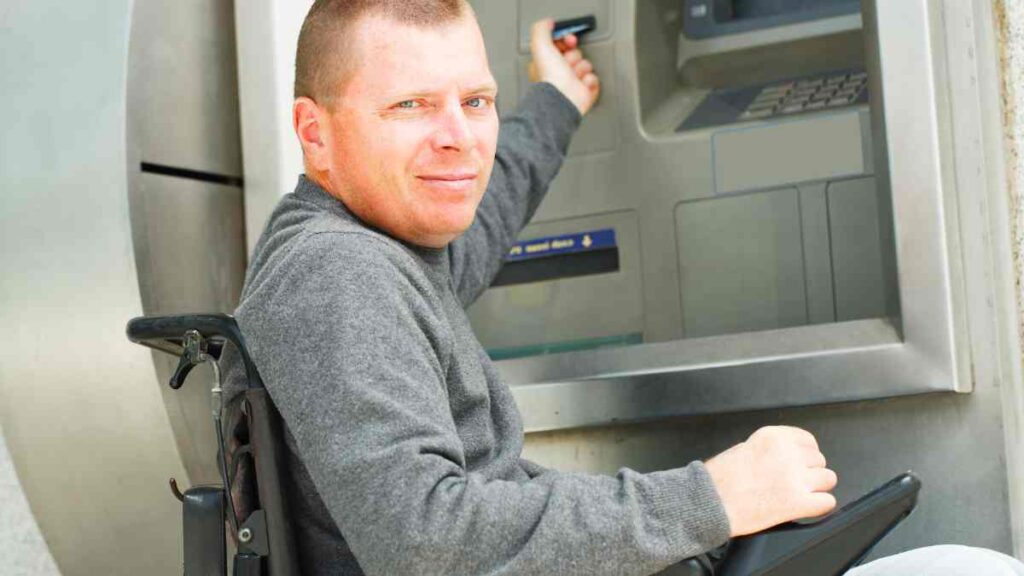In order to get SSDI benefits from the Social Security Administration, you must have a qualifying disability that lasts for over a year or may result in death. Apart from that, you must have worked and earned enough work credits.
So, if you do not have a qualifying disability and you have not worked enough, you may not get these disability benefits. Once you qualify, you may realize your SSDI payment is not enough. Then, some recipients may want to look for a new job that allows them to get additional money so they do not have to rely on Disability Insurance.
Getting SSDI and working at the same time
If you are on Disability Insurance, you may want to continue receiving disability benefits while you are working. To do so, it is advisable to take part in one of the work incentives the Social Security Administration has for you.
For example, you can join the Ticket to Work Program. Do not worry if you cannot carry on working due to your disability. If it is because of your medical condition, your benefits can start again. What is more, you may not have to file an application gain.
The Trial Work Period will allow you to get full benefits for 9 months regardless of your earnings at work. However, it is essential that you report them to the Social Security Administration. A trial work month is when you get more than $1,110 in earnings.
SSDI combined income and Extended Period of Eligibility
The Extended Period of Eligibility for SSDI recipients will allow beneficiaries to get benefits and work for 36 months. Besides, you could get full disability benefits if your earnings are not substantial. Substantial is over $1,550 or $2,590 if you are blind.
Income taxes when you are on Social Security Disability Insurance is another thing to consider. Paying taxes (on up to 50%) to Social Security will be necessary if you file a tax return as an individual and your combined income is between $25,000 & $34,000.
Earnings of more than $34,000 can imply up to 85% of your benefits are taxable. Joint filers may pay income tax on up to 50% of their benefits if they earn between $32,000 and $44,000, over that would be on up to 85%.
